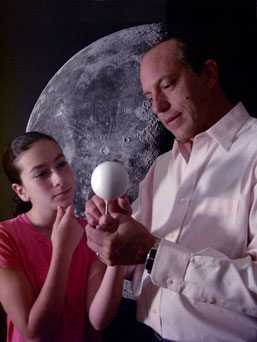 |
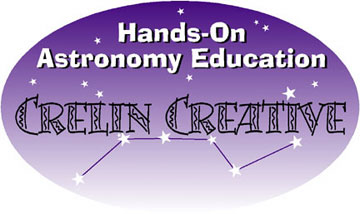 |
| All across the country science teachers and curriculum committees are meeting the challenges of writing curricula that is stimulating, up-to-date and aligned with the national and state inquiry-based science standards. Bob Crelin's Crelin Creative offers astronomy enrichment programs that give students an opportunity to exceed the state of Connecticut’s expectations by exploring Astronomy kinesthetically, verbally, logically, rhythmically, visually, and naturally. We teach students to use models, make generalizations based on what they observe and to justify what they observe. We strongly believe that it’s never too soon to encourage students to form natural connections, and new ideas. After all, that is what real life scientists do! Below is an example of what we provide for 5th grade: |
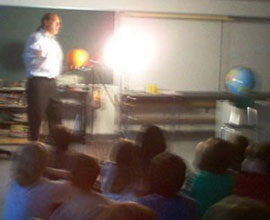 |
Astronomy Enrichment Program for 5th Grade:
The Earth and Space content standard in Connecticut is:
“Earth in the Solar System – How does the position of Earth in the solar system affect conditions on our planet?”
5.3 - Most objects in the solar system are in a regular and predictable motion.
The expected performances are:
B 1. Explain the cause of day and night based on the rotation of Earth on its axis.
B 2. Describe the monthly changes in the appearance of the moon, based on the moon’s orbit around the Earth.
Our additional expected performance is:
Explain why we experience seasonal changes on Earth.
____________________________The Programs_____________________
Crelin Creative - Unit proposal for "Earth in the Solar System" Objectives for Grade 5
| An Introduction to the Universe Around Us An Introduction to the Universe is the perfect science program for beginning astronomy studies. In this informative, yet graspable program, students are introduced to the wonders of the universe waiting to be discovered in their own backyards. An Introduction to the Universe is a 45 - 60 min. visual adventure, which explores the constellations, ancient sky mythology, our galaxy, and includes a reading of Bob’s book, There Once Was a Sky Full of Stars. |
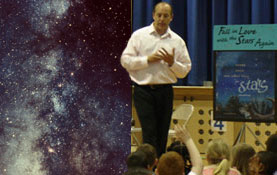 |
| Phases of the Moon Do you wonder, when you see the Moon at dusk, or dawn, or midday noon, just why her face is curved, or round, or why she sometimes can’t be found? (Faces of the Moon by Bob Crelin, Charlesbridge Publishing) In a guided hands-on activity, using a central light source, their own head and a ball, students model and observe the orbital relationships of the Sun, Earth and Moon. Students learn the name, appearance and sequence of each Moon phase through lyrical verse and illustration from Bob’s new book, Faces of the Moon. Students create their own phase chart to observe monthly lunar cycles at home. |
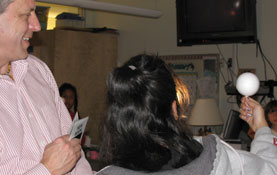 |
| Seasons on Earth and the Cycle of Day and Night What causes night and day? Why do Seasons change on Earth? Through a classroom demonstration and guided activity, students will learn about the astronomical relationship between the Sun and Earth and how this relationship causes us to experience night and day, and seasonal changes. Students will illustrate the seasonal differences that we experience in the length of day/night, and in temperature during summer and winter. Students then apply their observations and knowledge to further explain and illustrate the seasons of spring and autumn. |
 |
Evening Star Gazing Program
See the Moon and planets through telescopes! Gaze upon clusters of stars and distant galaxies!
Take a tour of our night sky with Bob Crelin and a team of professional telescope operators, and experience the many wonders of our celestial neighborhood. Learn about stars and constellations and the incredible distances between us and what we can see.
To find out more about scheduling and pricing - contact: Suzanne